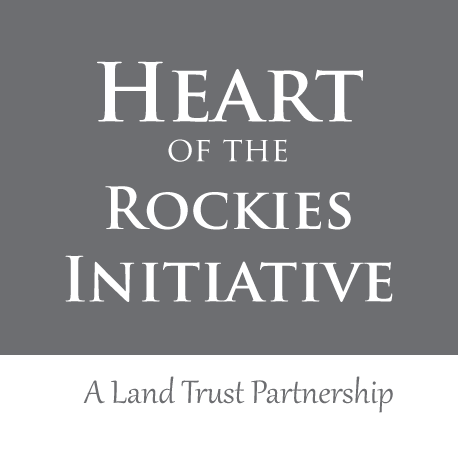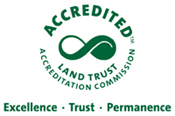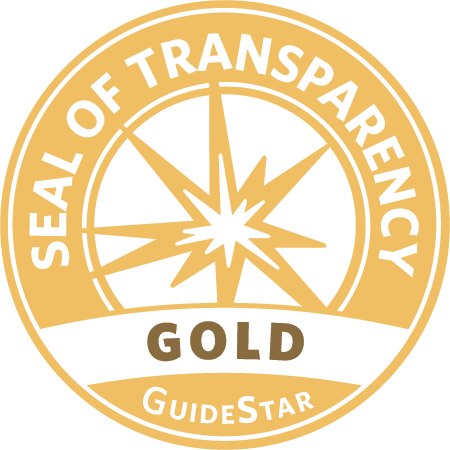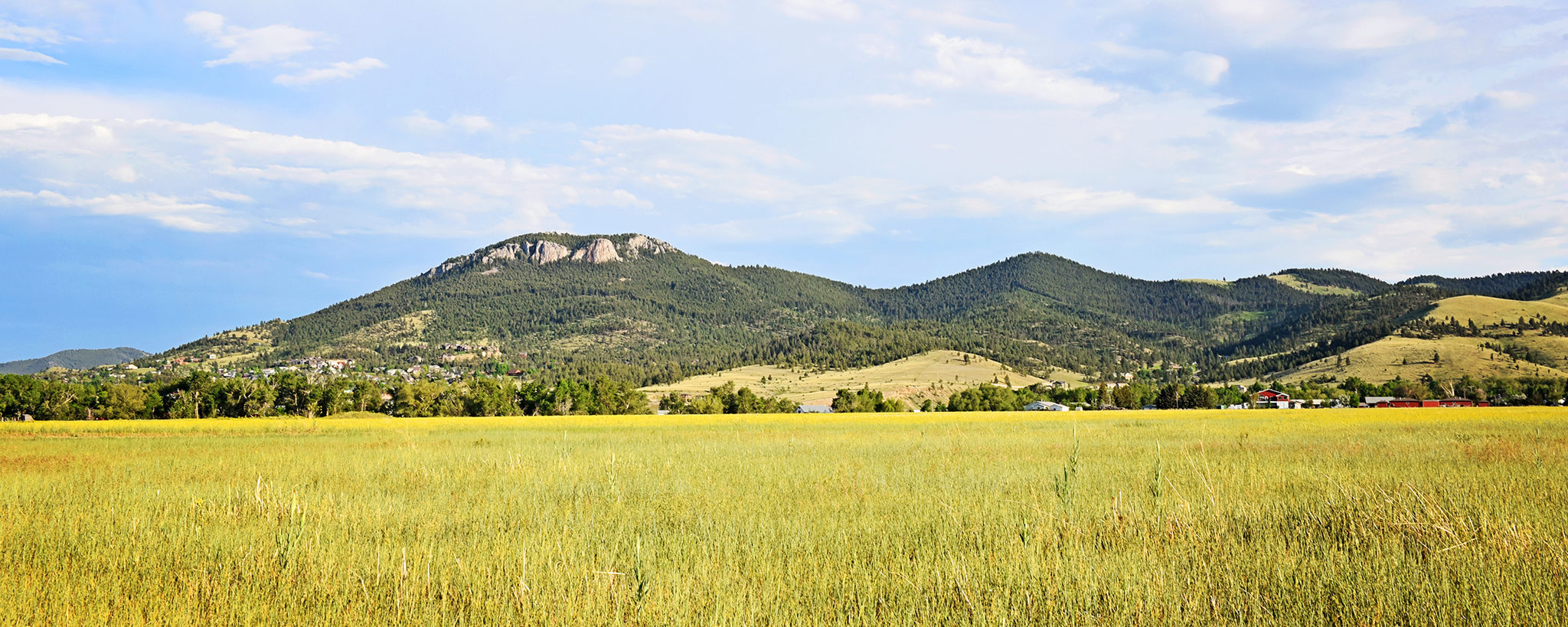
THE VA AND CONSERVATION—ON THE HOME FRONT
An excerpt from PPLT's 2019 Fall Newsletter highlighting the partnership with the VA and the many uses for community conservation projects like Tenmile Creek Park
THE VA AND CONSERVATION—ON THE HOME FRONT
In the warm August sun, PPLT sat at a picnic table at the Veterans Affairs complex with Dr. Greg Normandin, Karen Zawacki, the VA’s occupational health nurse coordinator, and Jim Lund, longtime physical therapist at the hospital. Tenmile Creek Park, PPLT’s flagship community conservation effort, is located right across Williams Street from the state’s only Veterans’ Affairs hospital, so we scheduled the visit with our VA partners to gauge how our work is helping vets. We also wanted to explore improvements for our military neighbors. It was an enlightening conversation that we wanted to share, in honor of Veterans Day.
In trying to understand who in the veteran community uses Tenmile Creek Park, our partners explained that the medical benefits of spending time outdoors impacts everyone. Many of their patients and families visit the park daily. Helena-area veterans use it for a walk or bike ride, or to get to and from their regular appointments, while residential patients supplement their recovery programs with daily exercise at Tenmile. The VA issues passes for inpatients to spend time outdoors at the park and they have added a fleet of bicycles and fishing gear. Many of the reservists and civilians at the national guard side of Fort Harrison visit the park and its trails for lunch breaks or required physical fitness training. Jim recalls one younger servicewoman who bikes daily at the park to rehab her knee. And every other week at the picnic tables at 7 a.m. sharp, a group of vets meet for coffee. One rule to join the group: no driving to the park. It’s a walk or bike-in only affair.
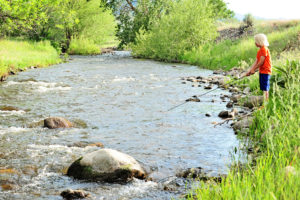 Dr. Normandin works with the Rehabilitation Therapy Program (RTP), which treats veterans from across the state for PTSD or substance abuse. An enthusiastic supporter from the beginning, he integrates time at Tenmile Park into his three-week treatment plans. Encouraging time outdoors or along the creek is good for the recovering soul. At times during treatment when there’s no inhouse therapy, he adds that the park is an attractive option for patients. For a patient to say, “I can go for a walk to Spring Meadow and back, about two hours at a leisurely pace. I can do that.” That’s a huge step toward recovery.
Dr. Normandin works with the Rehabilitation Therapy Program (RTP), which treats veterans from across the state for PTSD or substance abuse. An enthusiastic supporter from the beginning, he integrates time at Tenmile Park into his three-week treatment plans. Encouraging time outdoors or along the creek is good for the recovering soul. At times during treatment when there’s no inhouse therapy, he adds that the park is an attractive option for patients. For a patient to say, “I can go for a walk to Spring Meadow and back, about two hours at a leisurely pace. I can do that.” That’s a huge step toward recovery.
To add variety, Jim takes his exercise group to the park for walking and yoga. Some patients have even taken to adding it as part of their routine. “With behavioral change… when there’s an intervention, you usually see the change work [at first],” says Jim. However, without making the transition to a daily routine, the change often disappears. Jim explains, “Having the park so close is a nice opportunity for people trying to make that transition. Once exercising becomes a natural thing, then the potential to continue that healthy behavior increases, it becomes more of the norm. And with the park’s flat, accessible trails and rest areas, it makes it easier for vets to begin making exercise a part of their lifestyle.”
Karen leads workforce health programs for the VA staff and is charged with developing a “culture of health.” Greg, Karen, Jim and other staff are leading by example, riding bikes to work each day or running, walking, or crosscountry skiing on the trails. To raise the issue of veteran health even more, Karen implemented the now annual VA2K walk at Tenmile. Karen estimated that of the roughly 700 employees at the VA, over half are veterans themselves. “There’s a lot of people commuting daily… in other words, the park and connecting trails are delivering veterans to work – that’s pretty cool.”
As for expanding the opportunities at Fort Harrison and the VA, Karen, Jim, and Greg are already scheming. In the works are a new map of Tenmile for the rehabilitation center, new bike lanes and pedestrian crossings facility-wide, and a connector trail between the VA and National Guard side, so folks can come and go on foot. Karen and Greg excitedly tell us of a new program coming online at the VA to address veteran homelessness. The VA is building and renovating residential housing for homeless veterans and their families on campus. Two or three families have already moved in. “We’re excited to see these old homes and buildings being used and they have little kids. These families will be connected now to the park and by trails to town. The park is going to be quite the afternoon place,” says Karen.
As for PPLT’s role, they explain that expanding public open space and trails near the Fort but also throughout the community will benefit veterans. With Montana having one of the highest percapita veteran and reservists populations, it is important to serve all areas of the region. Whether through acquisitions like LeGrande Cannon, or by opening accessible recreational lands in East Helena and beyond, we need more connections.
PPLT’s Community Conservation program aims to serve new areas as well as specific communities, like our veterans and reservists. In honor of Veterans Day, join us in celebrating our military servicemen and women, and in highlighting the projects that seek to make their lives a little happier and healthier, right here at home. Prickly Pear Land Trust is incredibly proud to partner with the VA and Army National Guard in our efforts to connect land and all people, servicemember and citizen alike.

